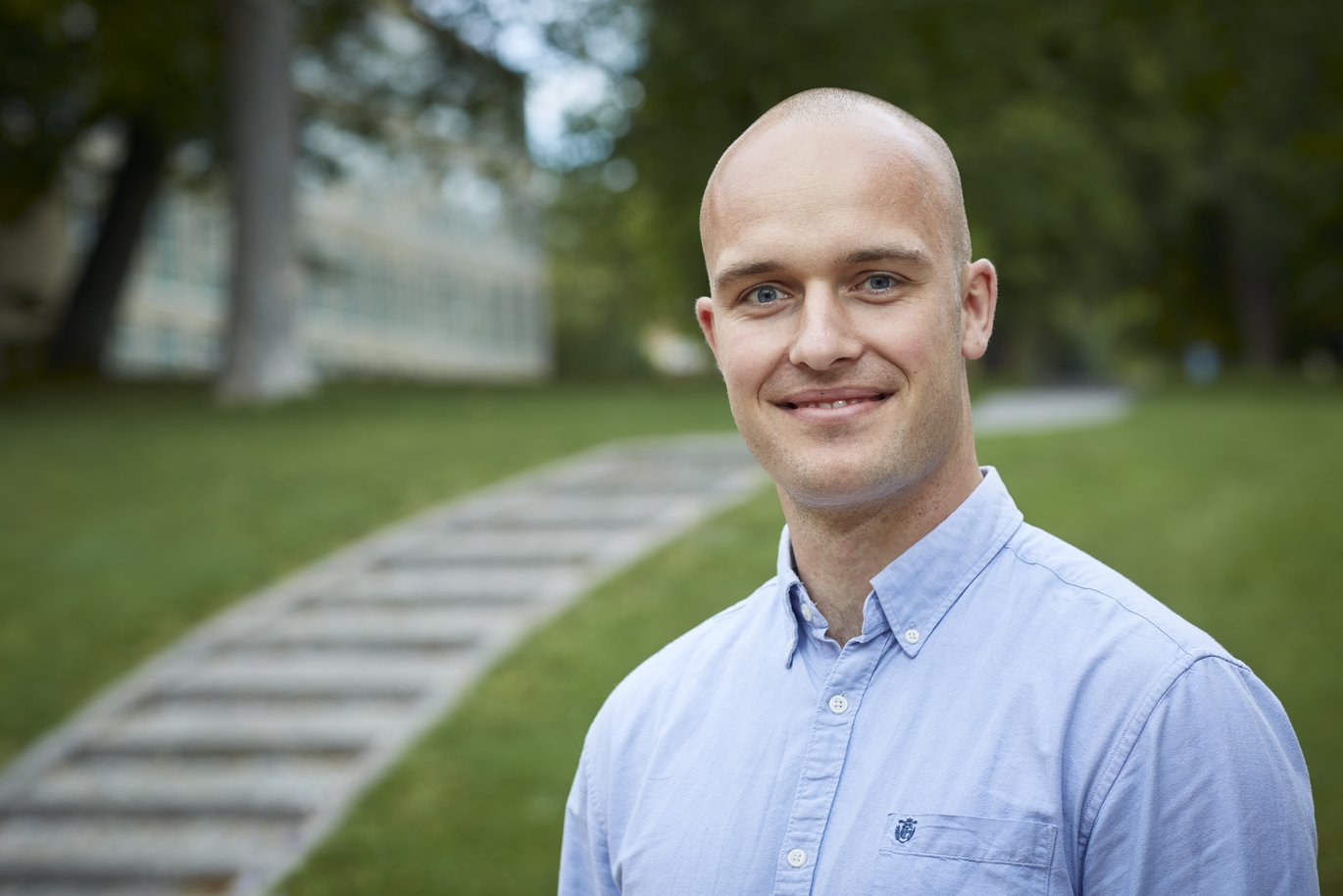Villum Young Investigator Grant to Christian Damsgaard
Comparative physiologist Christian Damsgaard is awarded a Villum Young Investigator grant of DKK 7 million to identify the cellular defense mechanisms that allow the fish retinal cells to function in extreme conditions to push our understanding of the limits of cellular life.

The physiological mechanisms underlying oxygen delivery and waste removal in tissues are fundamental processes for supporting cellular life. Any imbalance in these processes has direct fitness consequences for wild animals and an immediate pathological effect in humans, and an understanding of these processes is crucial for our well-being.
Christian Damsgaard, assistant professor in the Section for Zoophysiology at the Department of Biology at Aarhus University, has been awarded the prestigious Villum Young Investigator grant for his project entitled ‘Cellular Function at Respiratory Extremes.’
The Villum grant enables Christian Damsgaard to form a research team with two PhD students and one postdoctoral researcher.
Together, they will:
1) investigate the retina of fishes, which presents a unique and extreme physiological challenge as the fish retina functions with proton and oxygen levels ten times higher than in other animal tissues, which is normally lethal for other vertebrate cells.
2) develop Christian Damsgaard’s pioneering work on the evolution and physiology of the eye and apply new techniques to provide a comprehensive new understanding of how cells function at the extremes of life.
Fish retinas - a unique model tissue
“The fish retina provides an ideal, but poorly investigated, model tissue to identify the molecular mechanisms that allow the fish retinal cells to survive and function in these unprecedented conditions. The findings of this Villum project will push our understanding of the limits of cellular function and may identify novel cellular adaptations for coping with extreme respiratory conditions with immediate impact within the basic life sciences,” says Christian Damsgaard.
Christian Damsgaard and his team will use the light-absorbing retina within the eye as a model tissue, as it is the most oxygen-demanding tissue in the body but counterintuitively lacks the oxygen-supplying blood vessels present in all other tissue types. It is, thus, a unique tissue type to address fundamental questions on the interactions between oxygen supply and demand in neural tissues.
Furthermore, the project seeks to identify how natural selection has solved physiological challenges that underlie many oxygen-related human diseases, so the research findings of Christian Damsgaard and his team may also have pronounced applied impact in the future by potentially inspiring innovative new approaches to preventing and treating ischemic diseases in humans.
Image: Most fish have a unique ability to increase oxygen and proton levels in the retina 10-fold above normal. In this Villum project, Christian Damsgaard will study zebra fish (photo) to understand how retinal cells cope under these extreme conditions. Credit: Colourbox.
Project title: ‘Cellular Function at Respiratory Extremes.’
Amount granted: DKK 7 million
Project duration: 5-year project: 2024 – 2028
About the Villum Young Investigator programme
The aim of the Villum Young Investigator is to support early career researchers with ambitions of creating their own, independent research identity, and with the potential to significantly contribute to research in technical and natural sciences at a Danish research institution.
Read more: Villum Young Investigator | THE VELUX FOUNDATIONS
Contact
Christian Damsgaard
E-mail: cd@bio.au.dk
Department of Biology,
Section for Zoophysiology
Aarhus University
Denmark
